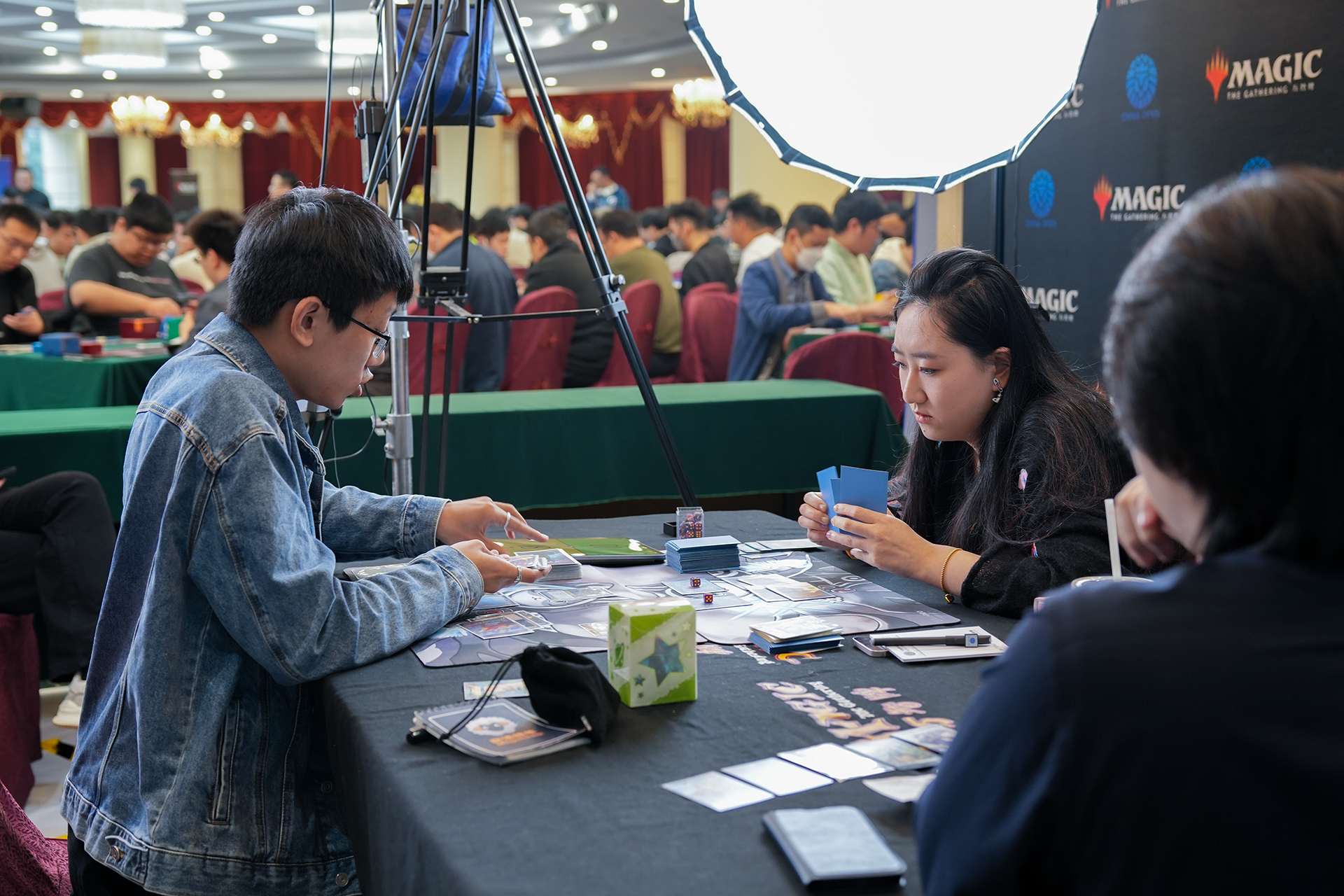Since Liu Qiangdong founded ecommerce giant JD.com (aka Jingdong or simply JD) in Beijing on June 18, 1998, the company has been increasingly promoting online sales with exclusive coupons and brand collaborations to celebrate its anniversary. Where Alibaba has the headline-grabbing Singles’ Day, JD has the slightly lower profile “618” shopping event, a dose of mid-year shopping mania that has spread to other ecommerce platforms across China (including, oddly, Alibaba’s Tmall).
So how did it go down in 2019? Here are some of the key stats.
3C products (computer, communication, and consumer electronics) still constitute the majority of 618 sales. From June 1 to June 18 (the site spins its anniversary out for longer than a mere 24 hours of course) the total transaction volume on JD.com reached 201.5 billion RMB.
Despite China’s apparent breakneck dive into all things digital, books were one of the fastest-growing sales categories for 618 this year. Tmall reported that book sales increased by 550% compared to the same period last year. That means that the number of books sold in 3 minutes during the 618 promotions period this year exceeded the one-hour sale number in 2018.
Related:
 China Gears Up for JD.com’s Massive “618 Sale”Article Jun 17, 2017
China Gears Up for JD.com’s Massive “618 Sale”Article Jun 17, 2017
At the same time, more young people are splurging on luxury products. The number of consumers under 25-years-old who purchased luxury products was up by 50% compared to last year.
Demand for beauty products also saw strong growth this year. The sales of moisturizer, body serum and eye cream increased by over 100% each. Among all beauty products, cosmetic medicine saw a sales volume 572% higher than that in 2018. And sales weren’t just going to female consumers — sales of male beauty products saw a 522% increase within the first hour of 618, reinforcing the ongoing trend of changes in beauty standards and the perception of machismo in China.
Finally, although consumers in Shanghai, Beijing, and Guangzhou still snatched most of the 618 sales, the top three cities with the most accelerated sales “performance” in 2019 were Beitun and Tumxuk in Xinjiang, and Qingdao in Shandong province. Moreover, on cut-price deals platform Pinduoduo alone, over 70% of sales came from tier-3 or below cities.
Related:
 How a Cut-Price Upstart Took on Alibaba and JD to Become China’s Fastest-Growing E-Commerce PlatformGroup-buying, bargain-sharing platform Pinduoduo has gone from nothing just three years ago to being valued at over 20 billion USD as it looks to list on the Nasdaq this monthArticle Jul 18, 2018
How a Cut-Price Upstart Took on Alibaba and JD to Become China’s Fastest-Growing E-Commerce PlatformGroup-buying, bargain-sharing platform Pinduoduo has gone from nothing just three years ago to being valued at over 20 billion USD as it looks to list on the Nasdaq this monthArticle Jul 18, 2018
Cover photo © Shannon Fagan | Dreamstime.com
















